Skeleton Flower
- March 19, 2024
- 0 comment
The Skeleton Flower, scientifically known as Diphylleia grayi, is a captivating and unique plant renowned for its extraordinary characteristic of turning transparent when it comes into contact with water, hence the name “Skeleton Flower.”

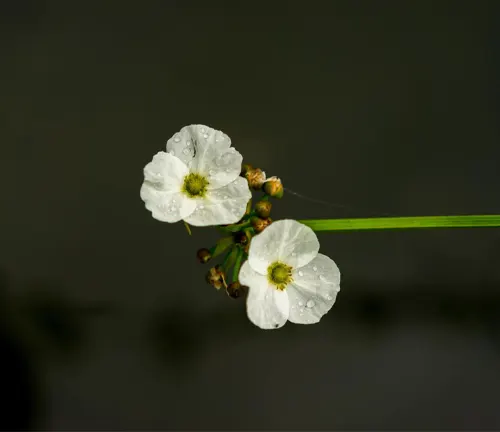
Native to the moist, wooded mountainsides of China, Korea, and Japan, this ethereal plant has garnered widespread attention for its enchanting appearance and intriguing properties.
Characteristics of Skeleton Flower
| Characteristics | Description |
| Scientific Name | Diphylleia grayi |
| Common Names | Skeleton Flower, Umbrella Leaf |
| Family | Berberidaceae |
| Native Region | China, Korea, Japan |
| Plant Type | Herbaceous perennial |
| Size | Typically grows to a height of 1-2 feet |
| Leaves | Large, umbrella-like, and deeply lobed |
| Flowers | Small, white blooms that turn transparent when in contact with water |
| Propagation | Primarily through division of rhizomes or from seeds |
| Drought Tolerance | Moderate, prefers consistently moist soil |
| Cultural Uses | Ornamental plant in gardens and landscapes |
| Ecological Role | Provides habitat and food for various insects and wildlife |
| Notable Species | Diphylleia cymosa, Diphylleia sinensis |
| Hardiness Zones | Typically grows in USDA hardiness zones 4-8 |
| Growth Rate | Moderate |
| Lifespan | Perennial, with a lifespan of several years |
Botanical Beauty of “Skeleton Flower”
The Skeleton Flower’s delicate, translucent petals give it an otherworldly and almost magical appearance, making it a popular choice for enchanting woodland gardens and shaded landscapes. Its distinctiveness lies in its ability to transform into a “skeleton” when rain or water droplets touch its petals, offering a mesmerizing display of nature’s ingenuity.

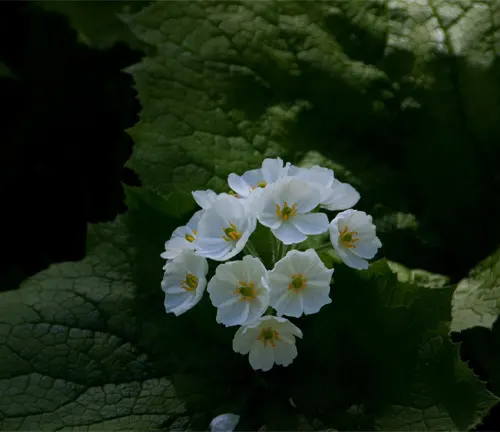
Woodland Elegance
The Skeleton Flower’s preference for moist woodland environments adds an element of elegance to shaded gardens and naturalistic landscapes, where its unique appearance and behavior captivate the imagination of onlookers.
Ecological Importance
In its native habitat, the Skeleton Flower contributes to the diversity and ecological balance of the forest understory, providing sustenance and shelter for various insects and small animals.
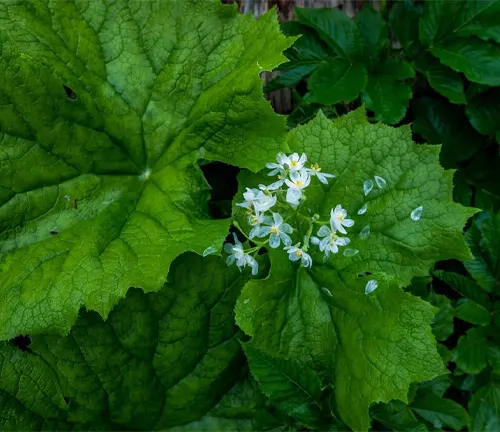
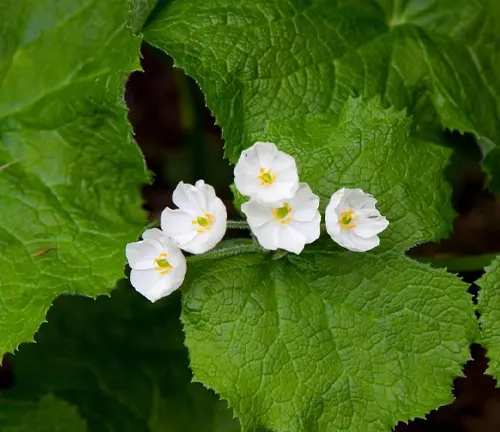
Cultivation and Conservation
Efforts are being made to conserve and cultivate the Skeleton Flower due to its unique characteristics and potential medicinal properties. Conservation initiatives aim to protect its natural habitats and ensure the sustainability of wild populations.
Fragrance
The Skeleton Flower, despite not having a noticeable scent, is highly valued for its captivating appearance and unique characteristics. Its charm lies in the way its petals become transparent when they come into contact with water, creating a mesmerizing effect that enchants observers. This distinct feature sets the Skeleton Flower apart from other plants, making it a desirable choice for those seeking to add a touch of magic to their gardens or botanical displays.
Although lacking a fragrance, the Skeleton Flower compensates with its delicate beauty and fascinating behavior, making it a standout plant in any collection. Its ability to change color in response to moisture adds an element of surprise and wonder, attracting attention and admiration from all who encounter it. Despite not relying on scent to attract pollinators, the Skeleton Flower relies on its visual allure and intriguing properties to make a lasting impression on those who appreciate its unique qualities.
Soil Stabilization
The Skeleton Flower helps keep the soil steady and secure in its natural environment by spreading its roots extensively. This helps stop soil erosion, which is when soil gets washed or blown away, and it also supports the health of the woodland ecosystems where it grows. By anchoring itself firmly in the ground, the Skeleton Flower plays a vital part in maintaining the balance and stability of the soil, ensuring that the surrounding environment remains healthy and intact.
The strong root system of the Skeleton Flower not only prevents soil erosion but also creates a foundation for other plants to thrive. By holding the soil in place, it allows nutrients to remain in the ground and supports the growth of a variety of plant species in the woodland ecosystem.
This symbiotic relationship between the Skeleton Flower and the soil highlights its importance in preserving the natural habitat and promoting biodiversity. Overall, the role of the Skeleton Flower in soil stabilization showcases its significance in maintaining the ecological balance of woodland environments.
Common Uses
The Skeleton Flower is commonly used as an ornamental plant in gardens because of its beautiful appearance and intriguing characteristics. Its delicate petals that turn transparent when wet add a touch of magic to garden landscapes, captivating the eyes of those who see it. Additionally, the Skeleton Flower is a popular choice for botanical collections and displays due to its unique properties, making it a sought-after plant for enthusiasts and collectors alike.
Beyond its ornamental value, the Skeleton Flower also serves important roles in research and education. Its ability to change color in response to moisture provides a fascinating subject for scientific study, offering insights into plant physiology and adaptation. This makes the Skeleton Flower a valuable resource for educational purposes, allowing students and researchers to explore the wonders of nature and learn more about the intricate mechanisms at work within this remarkable plant.
The Skeleton Flower is not only a decorative addition to gardens and botanical collections but also a valuable resource for research and education. Its dual role as a visually captivating plant and a subject of scientific interest highlights its versatility and significance in various settings. Whether adorning garden landscapes or serving as a source of knowledge and discovery, the Skeleton Flower continues to enchant and inspire individuals across different fields and interests.
Benefits
The Skeleton Flower brings a sense of magic and wonder to shaded gardens, transforming them into enchanting spaces filled with beauty and intrigue. By planting this flower, gardeners can create a special atmosphere that captivates the senses and uplifts the spirit, making their outdoor areas more inviting and delightful.
Additionally, by including the Skeleton Flower in gardens, individuals contribute to the preservation and admiration of rare plant species, promoting the importance of safeguarding biodiversity and nurturing a deeper appreciation for the diversity of nature. The presence of the Skeleton Flower opens up avenues for educational exploration and research into its unique characteristics.
Its fascinating ability to become transparent when exposed to water offers a captivating subject for study, allowing students and scientists to unravel the mysteries of plant behavior and adaptation. Through investigating the unusual properties of the Skeleton Flower, valuable insights can be gained that not only enhance our understanding of plant biology but also provide opportunities for discovery and learning that can benefit both academic pursuits and conservation efforts.
Different Species
Diphylleia grayi
Known for its white flowers that become transparent in the rain. It features large, umbrella-like green leaves and prefers shaded, moist environments.

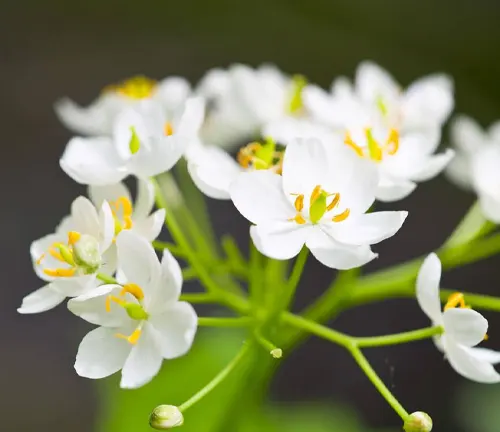
Diphylleia cymosa (American Umbrellaleaf)
This species is known for its large, deeply lobed leaves and clusters of small, white flowers that do not possess the same transparency trait as Diphylleia grayi. It thrives in moist, wooded areas and is appreciated for its ornamental foliage as well as its flowers.
Diphylleia sinensis
While it shares a similar habitat to Diphylleia grayi, Diphylleia sinensis is distinguished by its slightly different floral structure and the texture of its leaves. It also produces white flowers, but with subtle differences in shape and size compared to grayi.
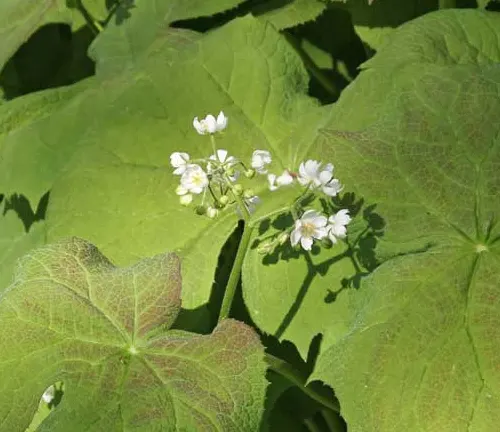
Frequently Asked Questions (FAQs)
1. What is a Skeleton Flower?
The Skeleton Flower, scientifically known as Diphylleia grayi, is a unique perennial plant known for its white blooms that turn translucent upon contact with water, earning it the nickname “Skeleton Flower.”
2. Where is the Skeleton Flower native to?
This ethereal plant is native to the moist, wooded mountainsides of China, Korea, and Japan, thriving in cool, shaded environments.
3. How does the Skeleton Flower turn transparent?
The flower’s petals have special cell structures that become transparent when wet, a phenomenon that allows them to almost completely disappear, revealing the skeletal veins of the petals.
4. Can the Skeleton Flower be grown in gardens?
Yes, the Skeleton Flower can be cultivated in gardens within USDA hardiness zones 4-8, provided it is planted in moist, well-drained soil and shaded areas that mimic its natural habitat.
5. What are the main uses of the Skeleton Flower?
Primarily, the Skeleton Flower is used for ornamental purposes in shaded or woodland gardens due to its unique transparent flowers and attractive foliage.
6. Is the Skeleton Flower fragrant?
No, the Skeleton Flower does not have a noticeable fragrance, but it is highly valued for its visual appeal and the unique transformation of its flowers.
7. What are the ecological benefits of the Skeleton Flower?
In its native habitat, the Skeleton Flower supports local ecosystems by providing habitat and food for insects and other wildlife, contributing to biodiversity.
8. How do you propagate the Skeleton Flower?
The Skeleton Flower can be propagated either by division of rhizomes or from seeds, allowing gardeners to expand their collection or share this unique plant with others.
9. What kind of maintenance does the Skeleton Flower require?
This plant requires consistent moisture and protection from direct sunlight. While it is moderately drought-tolerant, ensuring the soil remains moist will keep the plant healthy.
10. Are there other species of Skeleton Flower?
Yes, besides Diphylleia grayi, there are other species like Diphylleia cymosa, known as American Umbrellaleaf, and Diphylleia sinensis. Each has its unique characteristics, but D. grayi is most famous for its transparent flowers.


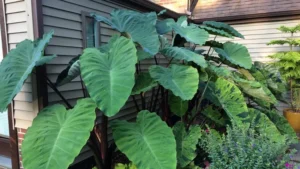
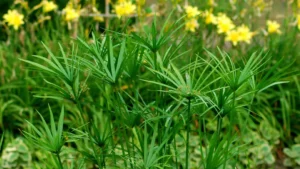
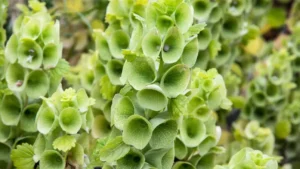
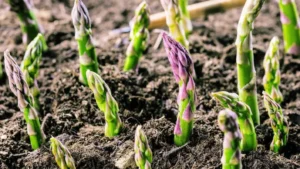

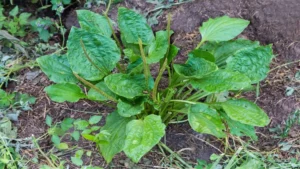

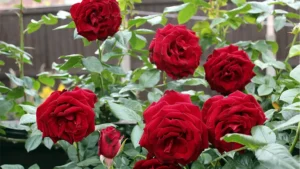
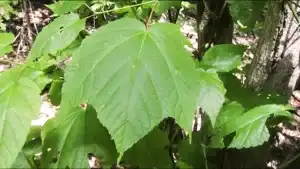
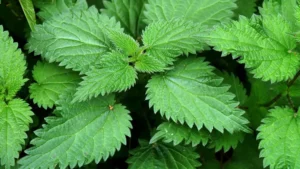
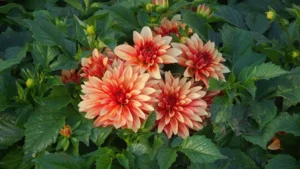
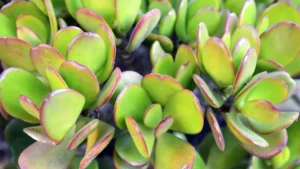
Leave your comment